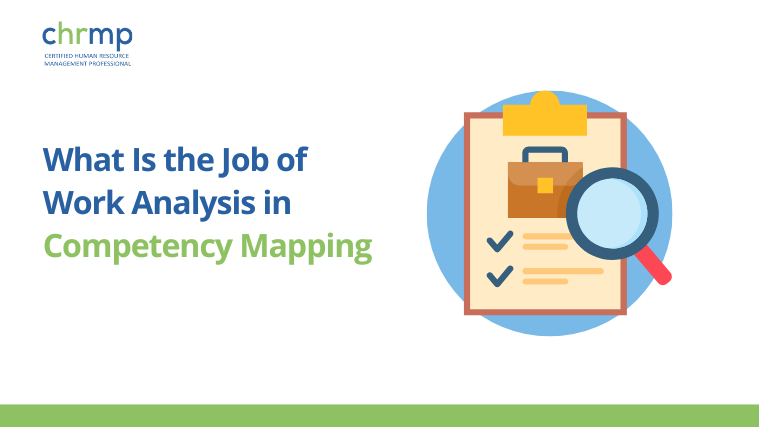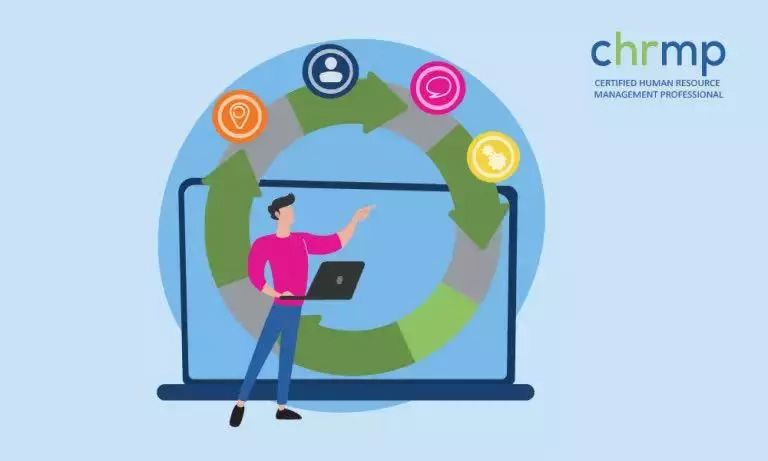

Blending of micro and macro learning is an innovative hybrid approach. Consequently,it takes into account the good points of both of micro and macro learning.
As a result, blended learning is proving to be a new ,and one of the greatest tools for skill acquisition throughout the world.
It is suggestion of author , that the readers should go through the following blogs, which ,Ripples has published earlier. It may help you to have a better understanding of the subject.
What Do You Know About Macro , Meso and Micro Learning in HR?
What Do You Know About Micro Learning and Its Different Aspects?
How Social Media is Helping in Meeting Learning Objectives Through Micro Learning at Workplace
Blending Micro and Macro Learning to Get the Best Results of Training at Workplace
A New Approach for Blending of Micro and Macro Learning
If we scan the literature , we find that researchers have done lot of work in evolving appropriate approaches for blending of micro and macro learning.
We have made an effort to review the current status with respect to the above mentioned researches , limiting it to 10 only.
Not withstanding the above, there appears to be no end to new research or new developments in the field of blended learning. This is owing to the immense interest created in modern era , on the topic.
Josh Bersin [1], blog.crossbyknowledge.com , evolved three best practices for blending of micro and macro learning. He claimed that the combination of these 3 practices resulted in enhancing the effectiveness of learning.
These 3 practices were as follows :
Luminita Giurgiu[2], www.researchgate.net , gives a figure , entitled as “Figure No 4 : Comparison between micro and macro learning “. Ten factors around which micro and macro learning facets have been compared are:
In nutshell,this article analyses the meanings of micro-learning . Also, the author beautifully describes, how we may utilize micro learning to organize and order a set of pedagogical and technological phenomena . This may help in better management of learning.
Ms Asha Pandey[3], www.eidesign.net,in her article, suggests two approaches. Approach 1 consists of “Leveraging on micro learning, by using it, to supplement macro learning”. The second approach consists of “Using micro learning techniques to craft richer macro learning courses”.
Ms Victorie Kossof [4], learningfactor.com.au ,in her latest article, “Why the best L&D professionals use micro & macro learning”, stressed on the need of conducting pre blending survey along the workforce. As per the above, it will help in evolution of best possible training material. Besides the above , she advised that we must fully utilize the principle of neuroscience viz spacing effect, testing effect and confidence effect , to enhance the effectiveness of learning.
Commlab India [5], blog.commlabindia.com, have published an article entitled “7 tips to create a macro learning experience with micro learning”. In this article they explore how to create comprehensive learning experience through micro learning.
Victoria Zambito [6], www.iacet.org,has published an article entitled “ Macro to micro learning – How to transform your course library”. She suggested a five step process to convert macro learning material to micro learning. , We may adopt the approach for use of libraries.
Knowbly.com [7],www.knowbly.com, have published an article entitled “ Micro learning for macro results”. The article sets guidelines and outlines a methodology to convert micro learning to macro learning.
Commlab India [8], blog.commlabindia.com, have published one more article entitled “5 practical ways to capitalize blended learning for safety training”. These five ways are:
In nutshell, they have emphasized that we should weave a training program well first, before applying the blending approach. This will help to make it more efficient and effective.
Gabriela Weglowska [9],insights.learnlight.com, has suggested 7 key elements , which must be considered for effective blended learning.
Photographer: Ameen Fahmy | Source: Unsplash
Ripples Learning has evolved an approach, which is innovative and new. It also takes into cognizance all the requirements of blended learning.
Dr Damodar Rai [10] , chrmp.com/blog , has suggested 4 fold approach for evolving an efficient and effective blended learning.
These four stages are:
Healthy behavior amongst professionals should be encouraged in order to simplify the process of blending.
The following approaches can help in this regard:
1) The use of a common language, which is not only used by all but also understood by all. This will make it easier to communicate with each other.
2) Use of tools like mind mapping software that helps you visualize your thoughts better. It makes it easy to understand what others have said or written about their ideas.
3) Using technology such as blogs, wikis etc., where people share information on various
Healthy behavior can be inculcated in the corporate world by using the following approaches :
* **Approach 1: Modeling**
This method uses observation of others’ actions to help us understand what we need to do ourselves. It’s based on the idea that children will imitate those around them. If you want to know more about this approach, check out our article “How to Teach Kids Healthy Habits.”
* **Approach 2: Social Norms**
Social norms refer to the expectations within a group regarding appropriate conduct. In general, these expectations tend to follow certain patterns. For instance, there tends to be a pattern among teenagers with regard to the amount of time spent watching television each day. Most adolescents watch TV between two hours per night and four hours per night.
However, some individuals spend much longer than this while others only watch for half an hour or even just 15 minutes. These differences in viewing times reflect the fact that not everyone agrees on what constitutes acceptable levels of screen time. As long as all members agree on the norm (i.e., no one watches too little), however, the group will continue to adhere to its own set of rules.
* **Approaches 3 & 4: Peer Pressure/Peer Influence**
The third and fourth methods involve influencing another person’s behavior. When teaching young children, this usually means having them observe peers behaving appropriately.
Children also sometimes get influenced by the opinions of older siblings or family members. Similarly, when trying to persuade adults to adopt healthier lifestyles, you’ll probably have better luck if you’re able to convince someone close to them.
* **Approach 5: Self-Efficacy**
Self-efficacy refers to confidence in one’s ability to perform a task successfully. People with high self-efficacy believe that they can accomplish whatever goal they choose.
These approaches can increase the modes corporate learning and encourage a healthy behavior.
Corporate learning is a combination of both Micro and Macro learning . It includes all aspects of knowledge, skills, attitudes, values etc., that an individual needs to be successful in his/her career or life.
Corporate Learning can also include training on how to work with others as well as self-development. The term corporate learning has been used since the early 1990s when it was first coined by Dr. John Kotter who defined it as “the process through which individuals acquire new knowledge, develop their capabilities, change their mindsets, and become more effective at doing what they do.” In other words, corporate learning refers to any form of education that takes place within organizations.
The author suggests that the readers go through the five blogs ,which, Ripples Learning has published earlier. It may help them in getting a complete view of the subject.
Ripples Learning is continuously striving to add value to knowledge pertaining to human resource field, through its blogs and different state of the art programs.
For knowing more about us, please go through the following websites:

© 2007-2025 CHRMP| All Rights Reserved | Powered by Ripples Learning & Research Private Limited
